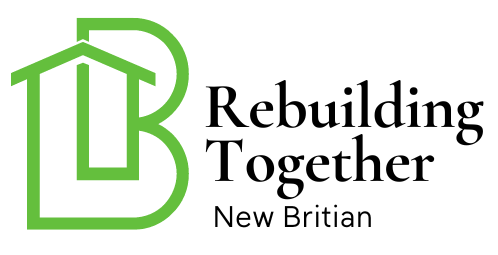When considering home improvements, the concept of wide doorways for accessibility often comes to mind. Ensuring that homes are accessible to all individuals is crucial, not just for those with mobility issues, but also for families looking to future-proof their living spaces. One of the most impactful changes you can make is to install wide doorways.

Why Wide Doorways Matter
Wide doorways are essential for creating an accessible environment that accommodates wheelchairs, walkers, and other mobility devices. They also provide ease of access for everyone, from young children to elderly family members. By expanding doorways, homeowners can ensure a more inclusive and welcoming space.
Benefits of Wide Doorways
There are numerous benefits to installing wide doorways, including:
- Increased Accessibility: Wide doorways allow for easier movement between rooms, reducing the risk of accidents.
- Improved Resale Value: Homes with accessibility features are often more attractive to potential buyers.
- Future-Proofing: As family needs change, having an accessible home becomes increasingly important.
Designing for Accessibility
Designing a home with accessibility in mind involves strategic planning. Incorporating features such as ADA-friendly door handles and ADA-compliant flooring options can make a significant difference.
Choosing the Right Door
Selecting the right door is a critical step in enhancing accessibility. Consider factors such as style, material, and ease of use. Pocket doors, sliding doors, and doors with lever handles are excellent choices for accessible homes.
Installation Considerations
Before installing wide doorways, it’s important to consider the structural implications. Consult with professionals to ensure that the changes do not compromise the integrity of your home.
Cost and Budgeting
While the cost of installing wide doorways can vary, it is a valuable investment. Create a budget that accommodates both materials and labor, and explore potential funding options or grants available for accessibility improvements.
Compliance with Regulations
Ensure that your home modifications comply with local regulations and standards. Familiarize yourself with ADA compliance requirements to avoid potential legal issues.
Working with Professionals
Collaborating with architects and contractors who specialize in accessibility can streamline the process. They can offer valuable insights and ensure that your modifications are both functional and aesthetically pleasing.
Creating a Welcoming Environment
Wide doorways contribute to a welcoming environment. They allow for easier social interactions and accommodate guests with varying needs.
Enhancing Other Areas
Consider complementing wide doorways with other accessibility features, such as accessible light switches and ADA-compliant shower designs.
Maintaining Aesthetic Appeal
Ensuring that accessibility features blend seamlessly with your home’s design is important. Choose materials and styles that complement existing dcor.
Customizing Your Space
Customization allows you to incorporate personal style while maintaining functionality. Consider custom finishes, colors, and designs that reflect your preferences.
Long-term Benefits
Investing in wide doorways offers long-term benefits, such as increased comfort and improved quality of life for all residents.
Peace of Mind
Knowing that your home is accessible provides peace of mind. It allows for independence and ease of movement for all family members.
Conclusion
Wide doorways are more than just a practical adaptation; they are an investment in the future. By embracing accessibility, homeowners can create a space that is inclusive, comfortable, and welcoming to all.

FAQs
1. What is the standard width for an accessible doorway?
The standard width for an accessible doorway is typically 36 inches to accommodate wheelchairs and other mobility devices.
2. Can existing doorways be widened?
Yes, existing doorways can be widened. This process often involves removing and replacing door frames and may require structural adjustments.
3. Are there financial assistance programs for home accessibility modifications?
Yes, there are various grants and financial assistance programs available to help cover the costs of home accessibility modifications. Check with local authorities and organizations for available options.
This article contains affiliate links. We may earn a commission at no extra cost to you.

